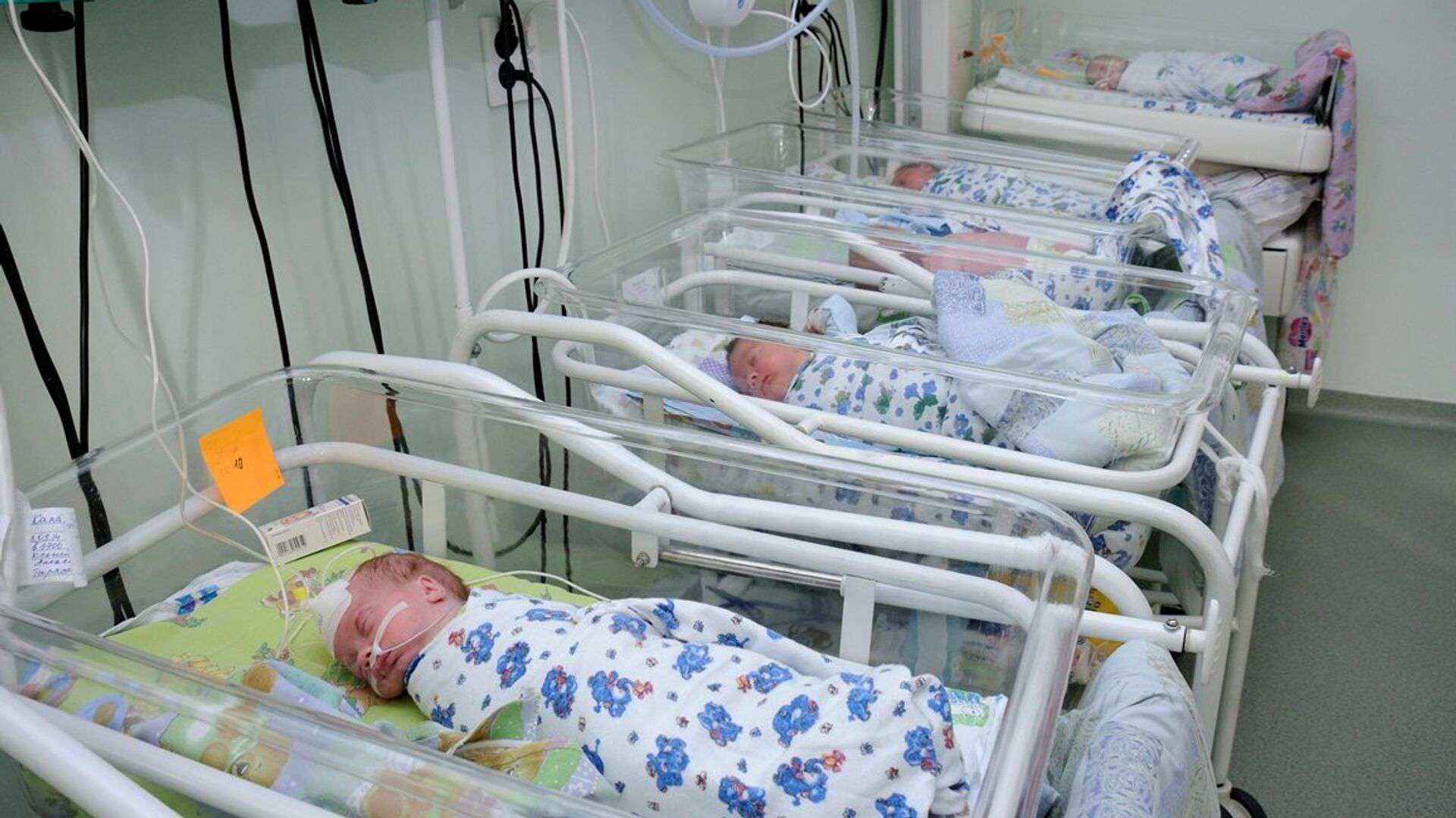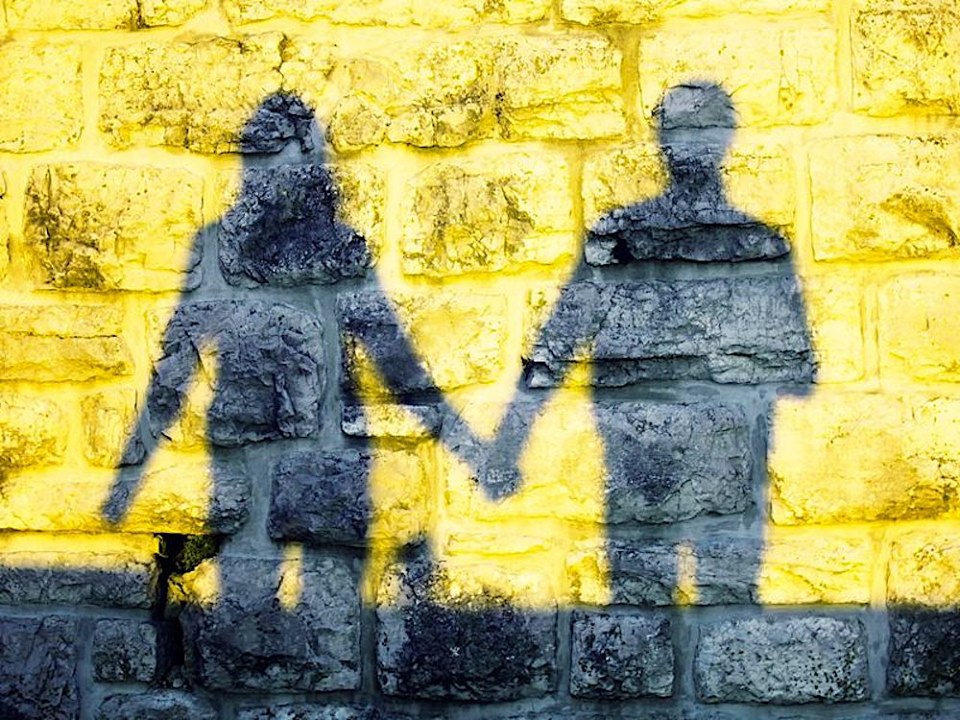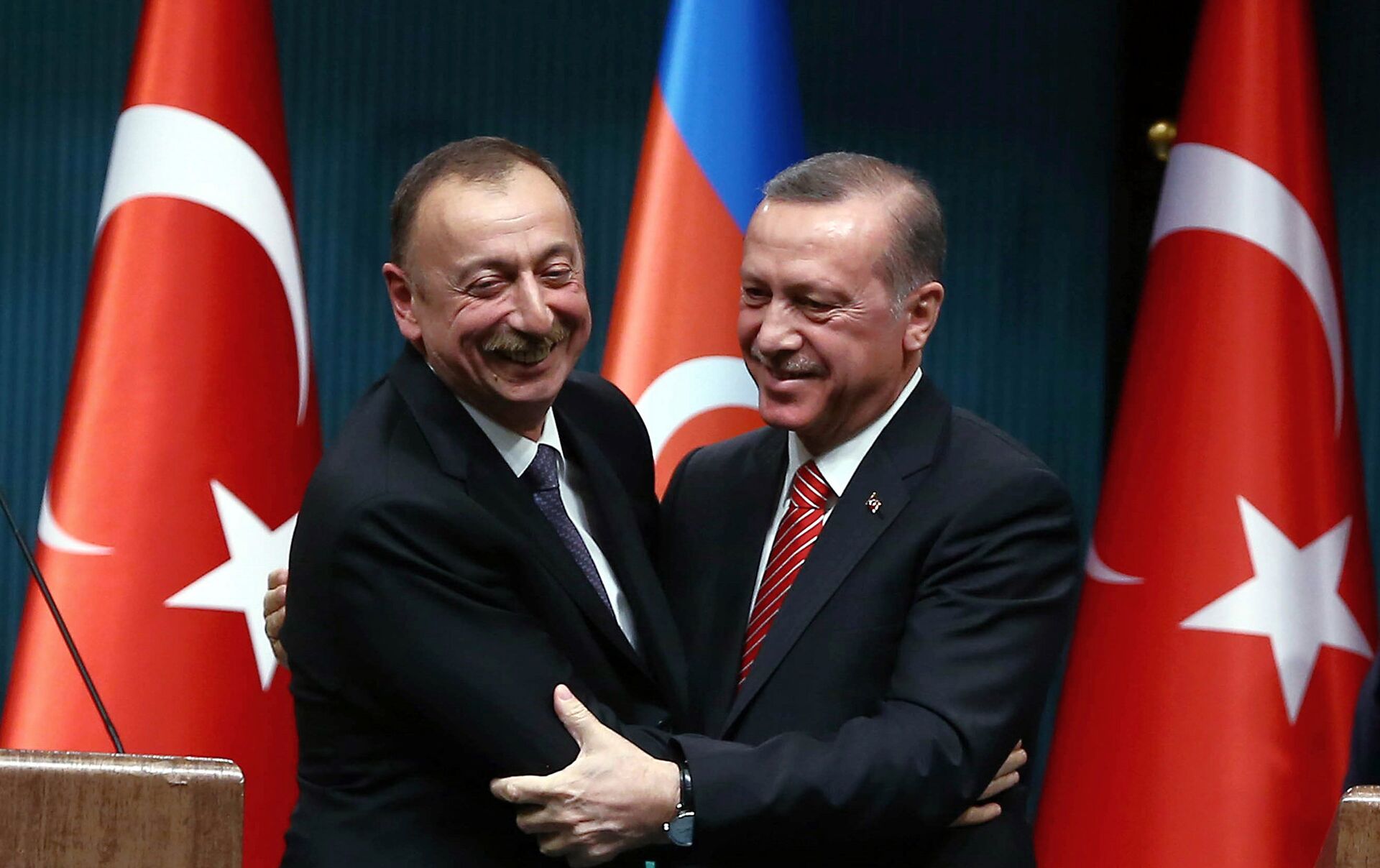Demographic situation in Armenia
Demographic situation in Armenia
The Statistical Committee of Armenia has reported that the fertility rate is still declining. In 2022, 36,623 children were born in the country, 270 fewer than in 2021.
Demographer Artak Markosyan says that were it not for the coronavirus pandemic, the 2020 war and recent security concerns, the birth rate in Armenia would be higher.
According to figures published by the Statistics Committee, the mortality rate also declined in 2022:
“26,805 citizens died, which is 7,833 fewer than in 2021.”
It is also reported that the number of divorces has increased while there are fewer marriages:
“In 2022, 16,795 marriages were concluded in the country, while in 2021 this figure was higher by 370. In addition, 4,525 divorces were completed in 2022, which is 91 more than in 2021.”
Comments
According to the coordinator of the Population and Development Program of the United Nations Population Fund Anna Hovhannisyan, the natural population growth for 2020-2021 was 2,235 people.
“Over the eleven months of 2022 [full year not yet complete], if we do not take into account emigration, we can say that in eleven months the population increased by 8,500 people “.
Hovhannisyan explains the growth in the birth rate by an increase in the number of third and subsequent births, which may be due to financial assistance provided by the state.
The Armenian government provides families with a one-time assistance of 300,000 drams [$760] for the birth of the first and second child, 1 million drams [$2.530] for the third and 1.5 million drams [$3.800] for the fourth and every subsequent baby.
In January 1, 2022, a new law stipulates that families with three or more children will also receive 50,000 drams [$126] per month until each child turns six years old.
According to the UN Population Fund, as of January 1, 2022 the population of Armenia is 2,961,400 people. Approximately 64% of the population lives in cities, 36% in rural areas.
As for the small number of firstborns, Artak Markosyan, an associate expert at the Armenian Institute of International Relations and Security, says that this trend began as early as 2010:
“There are objective reasons for this. We feel the consequences of the demographic “pit” of the 90s of the last century, when as a result of the difficult socio-economic situation after the collapse of the USSR, the first Karabakh war and a wave of emigration, there was a sharp decline in the birth rate. We will also feel the effects of a decline in the birth rate of about 60% in 2002. Now, as a result of the reduction in the “composition of mothers” and the number of those who have reached marriageable age, the number of first-born children has decreased.“
Markosyan says that in 2020-2021 the number of newborns in the country increased by 19,000, which occurred “due to three and subsequent children in order.” The funds allocated for this from the state budget had a stimulating effect.
“This policy should be continued, because new problems arise and they also need to be addressed,” he said.
According to Markosyan, the birth rate would have been higher if not for the pandemic, war and security problems.
Follow us – Twitter | Facebook | Instagram
Demographic situation in Armenia




















